The Power of Positive Reinforcement Dog Training
Transparency matters to us! This post may include affiliate links, which means we earn a small commission if you make a purchase through our recommendations. This is at no additional cost to you. Read our full affiliate disclosure.
Have you ever watched your dog’s tail start wagging the moment you reach for the treat jar, or seen their eyes light up when you praise them for sitting patiently? That enthusiastic response shows positive reinforcement dog training in action, and science proves it’s one of the most effective ways to teach our four-legged companions.
While older training methods relied on dominance and correction, modern dog training has shifted toward reward-based approaches that make learning enjoyable for both dogs and their humans. Research consistently shows that dogs trained with positive reinforcement experience significantly lower stress levels compared to punishment-based methods. The results speak for themselves: happier dogs, stronger bonds, and faster learning that lasts.
Whether you’re welcoming a new puppy or working with an older dog who needs some behavioral fine-tuning, understanding how reward-based training works can transform your relationship with your canine companion.
Key Takeaways
- Positive Reinforcement Builds Trust: Dogs show more friendly behaviors like tail wagging and seeking affection when trained with rewards rather than punishment
- Promotes Fast, Reliable Learning: Studies indicate that reward-based training leads to faster learning and better retention of commands as dogs become more engaged in training sessions
- Reduces Stress and Anxiety: Dogs trained with positive reinforcement display fewer stress-related behaviors and submissive postures than those in punishment-based classes
- Adaptable to Each Dog: Training can be customized with different rewards like treats, toys, or praise, depending on what motivates your individual dog
- Recommended by Experts: Leading animal welfare and professional organizations recommend positive reinforcement as the preferred method due to its effectiveness and humane approach
What is Positive Reinforcement?
Positive reinforcement is the practice of adding something your dog enjoys immediately after they perform a desired behavior. When your dog sits and you give them a treat, that treat increases the likelihood they’ll sit again when asked. The keyword here is “positive,” which doesn’t mean happy or nice; it means adding something to the situation.
This approach contrasts sharply with aversive methods that rely on corrections, intimidation, or discomfort to discourage unwanted behaviors. While punishment might stop a behavior temporarily, it often creates fear and anxiety without teaching the dog what you actually want them to do instead. Positive reinforcement, on the other hand, clearly communicates which behaviors earn rewards, making it easier for dogs to understand what’s expected.
The science behind this method comes from operant conditioning, a learning theory that explains how consequences influence behavior. When a behavior is followed by something pleasant, that behavior is more likely to happen again. Professional trainers often use tools like clickers as markers to pinpoint the exact moment a dog performs the correct behavior, making the connection between action and reward crystal clear.
How Positive Reinforcement Works
The process is surprisingly straightforward: give a cue, wait for the behavior, then immediately provide a reward. Timing is everything in this sequence. The reward needs to happen within seconds of the desired behavior for your dog to make the connection. If you wait too long, your dog might associate the treat with whatever they’re doing at that moment instead of the behavior you wanted to reinforce.
Consistency also plays a major role in success. Using the same verbal cues, hand signals, and rewards helps your dog learn faster and reduces confusion. When every family member uses different commands for the same behavior, dogs often struggle to understand what’s being asked of them.
The immediate reward creates a positive association with both the behavior and the training session itself. Over time, many dogs begin to anticipate training time as a fun activity rather than something to endure or avoid.
Common Types of Rewards
Food treats are often the go-to reward because most dogs are naturally motivated by them, but they’re not the only option. High-value treats like small pieces of chicken, cheese, or commercial training treats work best because they’re special enough to capture your dog’s attention but small enough not to fill them up during a training session.
Toys can be incredibly motivating for dogs who love to play. A quick game of tug or toss with a favorite toy can be just as rewarding as a treat. Some dogs prefer interactive play over food, making toys an excellent alternative reward.
Praise and petting shouldn’t be overlooked, though they’re often more effective when paired with other rewards initially. An enthusiastic “good dog” delivered with genuine excitement can become a powerful motivator, especially as your dog becomes more trained and responsive.
The key is figuring out what motivates your individual dog most. Some dogs work for anything edible, while others couldn’t care less about food but will do anything for a tennis ball. Observing your dog’s natural preferences will help you choose the most effective rewards.
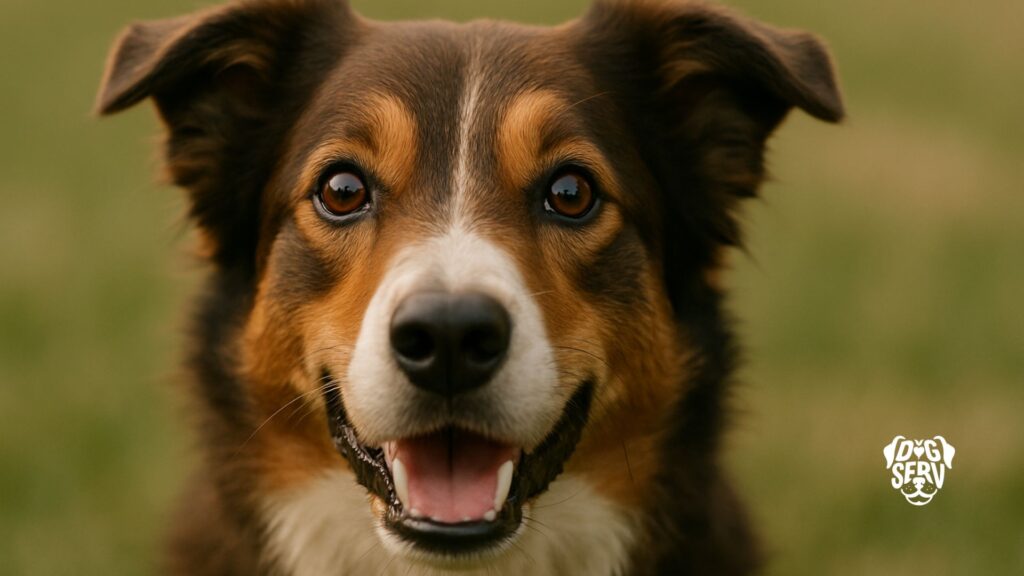
Scientific Evidence and Benefits
The research supporting positive reinforcement is extensive and compelling. A study published in the Journal of Veterinary Behavior found that dogs in punishment-based training classes displayed more stress-related behaviors compared to those in reward-based classes. Dogs in the positive reinforcement groups showed relaxed body language, engaged willingly in training, and maintained better focus throughout sessions.
University of Milan research demonstrated that dogs trained with positive reinforcement were more likely to approach and interact positively with their owners, showing increased trust and stronger bonds. These dogs displayed more tail wagging, sought out physical contact, and showed greater enthusiasm during training sessions compared to dogs trained with aversive methods.
The learning benefits are equally impressive. Studies show that dogs learn new commands more quickly and retain those behaviors longer when trained with positive reinforcement. When tested months after initial training, dogs who learned through reward-based methods still performed behaviors at high levels, demonstrating the lasting effectiveness of this approach.
Comparison with Aversive Methods
The contrast between positive reinforcement and punishment-based training becomes stark when you look at the research. Recent studies show that electronic collar training is not more effective than positive reinforcement, while reward-based methods result in better general obedience and fewer welfare risks.
Dogs taught primarily with aversive methods tend to have more pessimistic mood states and are slower to respond to ambiguous situations, while positively trained dogs are more optimistic and responsive. This research suggests that training methods don’t just affect specific behaviors, they can influence a dog’s overall outlook and emotional state.
Perhaps most concerning, punishment-based training can create fear-based compliance rather than genuine understanding. Dogs may perform behaviors to avoid unpleasant consequences rather than because they understand what’s expected, leading to unreliable performance and potential behavioral problems.
Case Studies and Expert Consensus
Professional organizations consistently support positive reinforcement as the most effective and humane training approach. The American Veterinary Society of Animal Behavior strongly advocates for reward-based training methods, citing both effectiveness and welfare concerns as primary reasons.
Real-world applications support these recommendations. Police and military dog training programs increasingly incorporate positive reinforcement techniques, finding that dogs learn complex tasks more reliably and maintain better working relationships with their handlers. Service dog organizations have long relied on positive reinforcement because these dogs need to be calm, focused, and eager to work in challenging environments.
Even working dogs in high-stress situations benefit from reward-based training. Controlled studies with police dogs showed that reward-trained groups learned commands faster and performed more reliably in standardized tests compared to those trained with mixed or aversive methods.
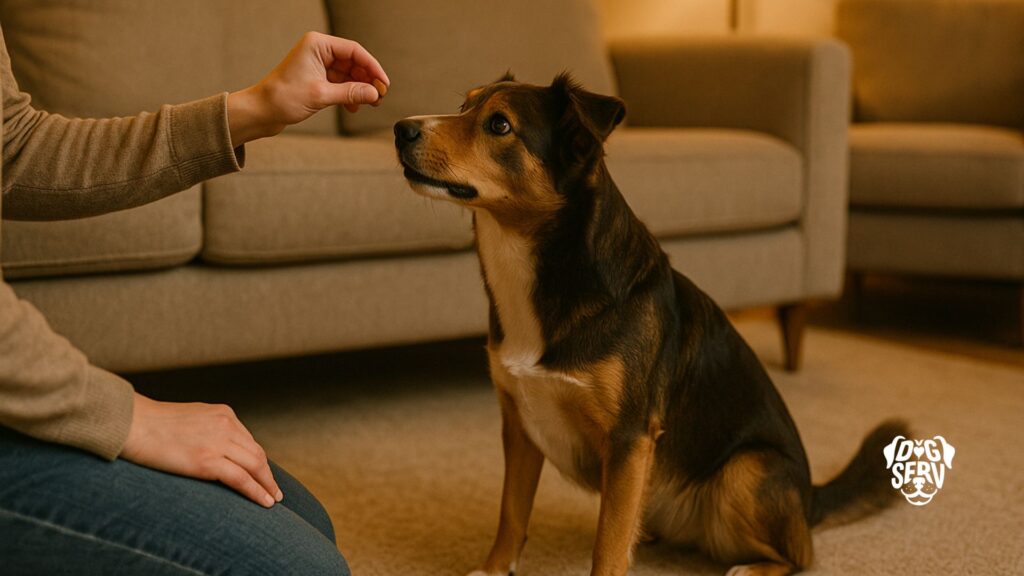
Getting Started with Positive Reinforcement Training
Starting with positive reinforcement doesn’t require expensive equipment or extensive experience. The most important elements are timing, consistency, and patience. Begin by choosing high-value rewards that your dog finds irresistible. For most dogs, this means small, soft treats that can be eaten quickly without chewing.
Set up a quiet space free from distractions where you and your dog can focus on each other. Remove toys, turn off the television, and choose times when your dog is alert but not overly excited. Short, successful sessions work better than long, frustrating ones.
Start with simple behaviors your dog already knows or performs naturally. If your dog tends to sit when you hold a treat above their head, you can begin reinforcing that behavior with the verbal cue “sit.” The goal is to create positive associations with training while building on existing behaviors.
Keep initial training sessions short, typically 5-10 minutes, and always end on a positive note. If your dog successfully performs a behavior, reward them enthusiastically and then take a break. This leaves them wanting more rather than becoming bored or frustrated.
Tips for Success
Timing is perhaps the most critical element of effective positive reinforcement. The reward must happen within 1-2 seconds of the desired behavior for your dog to make the connection. If you’re not quick enough, consider using a marker word like “yes” or a clicker to pinpoint the exact moment your dog does something right.
Consistency across all family members prevents confusion and speeds up learning. Everyone should use the same verbal cues and hand signals. If one person says “down” while another says “lie down,” your dog has to work twice as hard to understand what’s expected.
Gradually raise your expectations as your dog becomes more reliable. Once your dog sits consistently with a treat held overhead, you can begin asking for sits without showing the treat first. This process, called shaping, helps dogs generalize behaviors to different situations.
Plan to reduce your reliance on food rewards as behaviors become reliable. While treats are excellent for teaching new behaviors, the goal is eventually to maintain those behaviors with intermittent rewards and praise. This doesn’t mean abandoning treats entirely, but rather using them strategically.
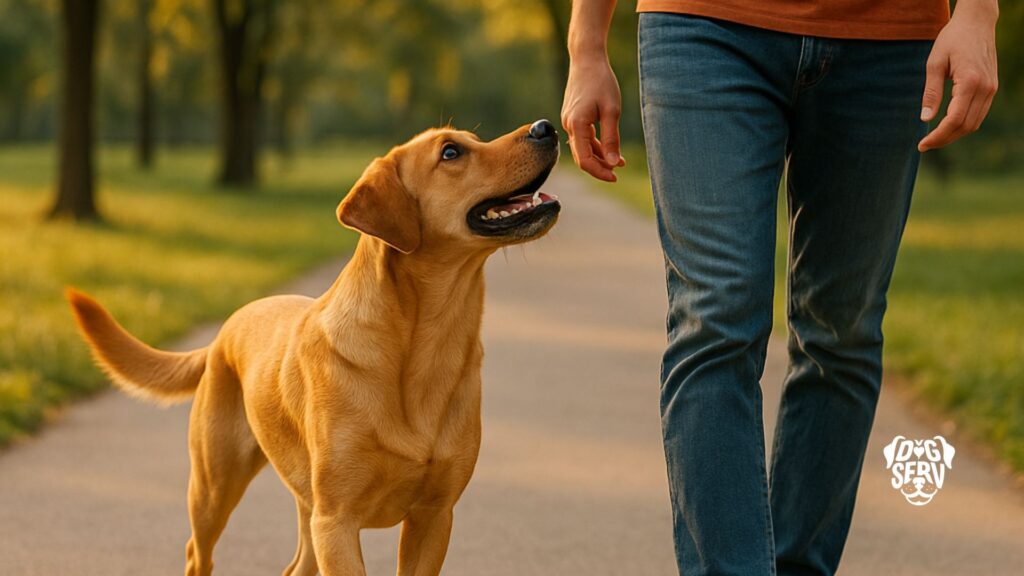
Addressing Common Challenges
Every dog learns at their own pace, and setbacks are normal parts of the training process. If your dog seems to forget a previously learned behavior, go back to basics rather than getting frustrated. Sometimes, dogs need more practice in different environments before a behavior becomes truly reliable.
Dogs who seem uninterested in training might need different rewards or shorter sessions. Some dogs are overwhelmed by too much stimulation, while others need more excitement to stay engaged. Adjust your approach based on your dog’s personality and energy level.
Managing unwanted behaviors requires patience and creativity. Rather than punishing behaviors you don’t want, focus on rewarding incompatible behaviors. If your dog jumps on visitors, reward them for sitting instead. This gives them a clear alternative behavior that earns positive attention.
Environmental factors can significantly impact training success. A dog who performs perfectly in your living room might struggle in a busy park. Gradually introduce distractions and practice in different locations to help your dog generalize their training.
Positive Reinforcement for Real-Life Situations
The beauty of positive reinforcement lies in its versatility for everyday situations. Teaching basic commands like sit, stay, and come becomes much more straightforward when your dog associates these cues with good things happening. Instead of forcing compliance, you’re creating willing partnership.
House training benefits enormously from positive reinforcement. Rather than punishing accidents, reward your dog enthusiastically every time they eliminate in the appropriate spot. This clear communication helps dogs understand where bathroom activities should happen without creating anxiety around natural bodily functions.
Addressing problem behaviors often requires redirecting energy rather than suppressing it. A dog who chews furniture might need appropriate chew toys and rewards for using them correctly. Dogs who bark excessively might benefit from training that rewards quiet behavior or teaches them when barking is appropriate.
Walking on a loose leash becomes more enjoyable for both dog and owner when you reward your dog for staying close rather than constantly correcting pulling. Many dogs begin to check in with their owners regularly once they learn that walking nicely leads to treats and praise.
Adapting to Your Dog’s Needs
Every dog has unique preferences and motivations that should guide your training approach. High-energy dogs might prefer active play as rewards, while calmer dogs might be perfectly content with gentle praise and petting. Age, breed, and individual personality all influence what works best.
Some dogs are naturally food motivated, making treat-based training straightforward. Others might be more interested in toys, while still others crave social attention above all else. Experimenting with different types of rewards helps you find what motivates your individual dog most effectively.
Dogs with past trauma or fearful temperaments often respond particularly well to positive reinforcement because it builds confidence without adding stress. These dogs may need smaller steps, lower-value rewards initially, and more time to build trust, but the patient approach often yields remarkable transformations.
Senior dogs or those with physical limitations might need modified training approaches, but positive reinforcement remains effective. Rewards might need to be adjusted for dietary restrictions, and physical exercises might be limited, but the basic principles still apply.
Frequently Asked Questions About Positive Reinforcement Dog Training
Q: Do I always need to give treats?
A: Treats are most important during initial learning phases when you’re establishing new behaviors. Once your dog reliably performs a behavior, you can gradually shift to intermittent rewards, using treats occasionally while incorporating praise, petting, or play. The goal is to maintain the behavior with a variety of rewards rather than completely eliminating treats.
Q: What if my dog isn’t interested in treats?
A: Not all dogs are food motivated, and that’s perfectly normal. Experiment with different types of rewards, including favorite toys, games like tug or fetch, or even just enthusiastic praise and attention. Some dogs prefer active play over food, while others might be motivated by access to favorite activities like going outside or greeting visitors.
Q: Can positive reinforcement fix problem behaviors?
A: Yes, positive reinforcement is highly effective for behavior modification when combined with proper management and consistency. Rather than just stopping unwanted behaviors, it teaches dogs what to do instead. For example, rewarding a dog for sitting calmly when visitors arrive gives them an alternative to jumping up for attention.
Q: Is positive reinforcement suitable for all dogs?
A: Positive reinforcement works effectively for dogs of all ages, breeds, and backgrounds. Puppies, adult dogs, and seniors can all benefit from reward-based training. The approach might need to be modified based on individual needs, energy levels, or physical limitations, but the basic principles remain applicable across all dogs.
Q: How long does it take to see results?
A: Many dogs show improvement within a few training sessions, though complex behaviors or deeply ingrained habits may take weeks or months to fully establish. Consistency and patience are key factors in success. Simple behaviors like sit or down might be learned in a single session, while more complex training like reliable recall can take considerable time and practice.
Q: What should I do if my dog gets too excited during training?
A: High excitement can interfere with learning, so try using lower-value rewards, shorter sessions, or training when your dog is calmer. Some dogs benefit from a brief play session before training to release excess energy. You can also work on teaching a “settle” or “calm” cue as part of your training routine.
Long-Term Impact and Ethical Considerations
The effects of positive reinforcement training extend far beyond individual commands or tricks. Dogs trained with reward-based methods typically develop greater confidence, better problem-solving skills, and stronger resilience when facing new situations. This foundation serves them well throughout their lives, from puppyhood through their senior years.
The approach aligns with our moral responsibility toward animals in our care, ensuring that training enhances their welfare rather than compromising it. Unlike punishment-based methods that can create fear or anxiety, positive reinforcement builds trust and strengthens the human-animal bond.
From a practical standpoint, dogs trained with positive reinforcement are often easier to live with because they’ve learned to make good choices rather than simply avoid bad consequences. They’re more likely to generalize their training to new situations and maintain their skills even under stress or distraction.
The ripple effects benefit entire families and communities. Well-trained dogs are more likely to be included in family activities, less likely to be surrendered to shelters, and more enjoyable companions for everyone they encounter. This creates a positive cycle that benefits both individual dogs and the broader dog-loving community.
Final Thoughts
Positive reinforcement represents more than just a training technique; it’s a philosophy that recognizes dogs as intelligent, emotional beings capable of learning through joy rather than fear. The science overwhelmingly supports this approach, showing that dogs learn faster, retain information longer, and develop stronger bonds with their humans when training is based on rewards rather than corrections.
At DogServ, we understand that every dog deserves training that builds confidence, strengthens relationships, and creates lasting behavioral change. Whether you’re starting with a new puppy, working with a rescue dog, or fine-tuning behaviors with a longtime companion, positive reinforcement offers a path forward that benefits both you and your four-legged family member.
The journey of training your dog should be enjoyable for both of you. With patience, consistency, and the right rewards, you can teach your dog anything they’re capable of learning while building a relationship based on trust and mutual respect. Your dog is waiting to learn, and positive reinforcement gives you the tools to teach them in the kindest, most effective way possible.
Ready to strengthen your bond with your dog through positive training methods? DogServ offers expert guidance, honest product reviews, and comprehensive training resources to support you every step of the way. From selecting the right training treats to finding professional trainers in your area, we’re here to help you and your dog succeed together.
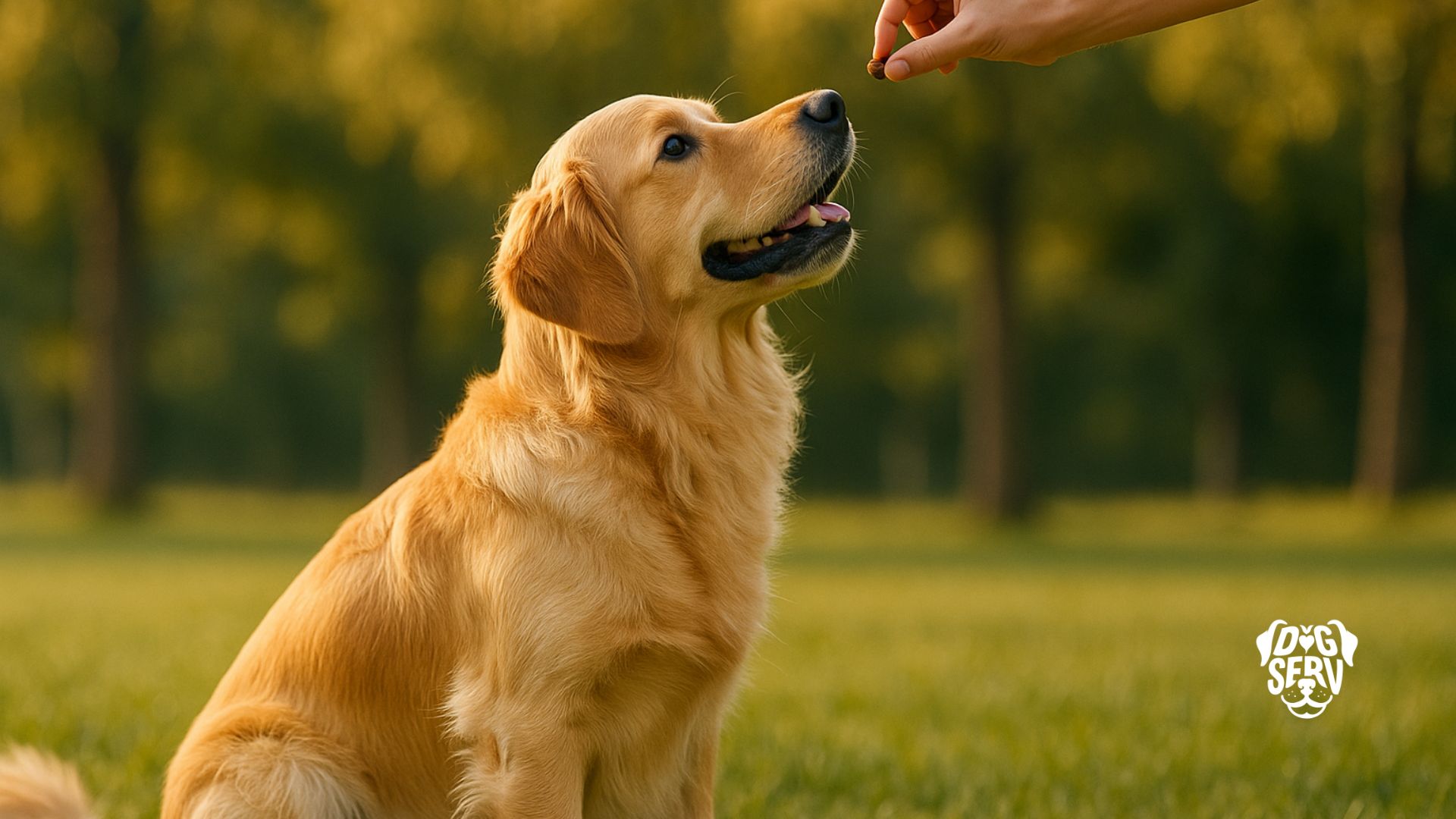
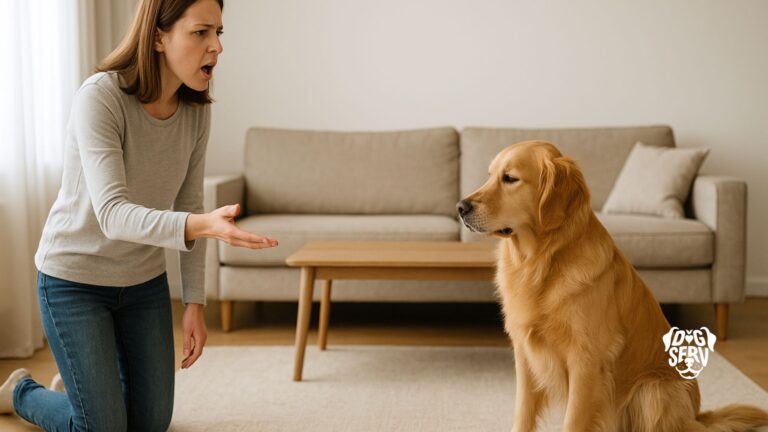
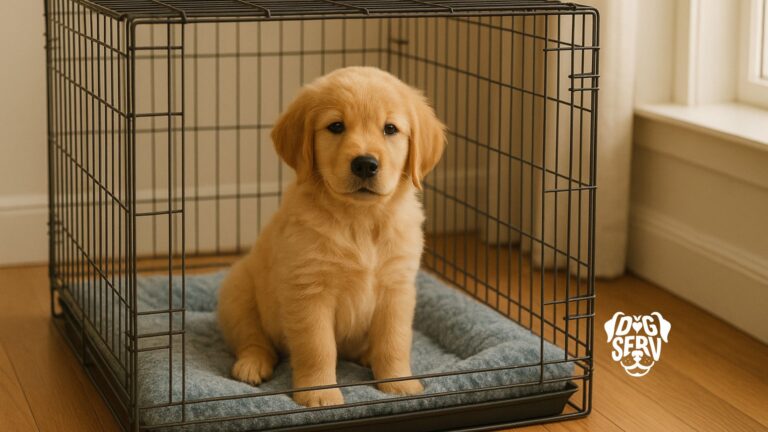

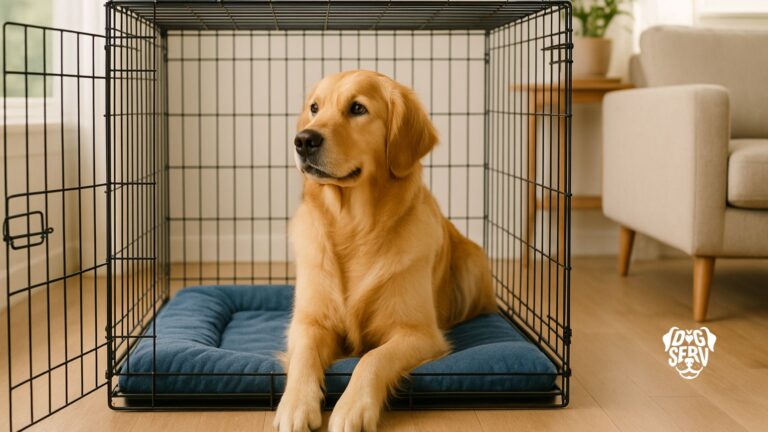
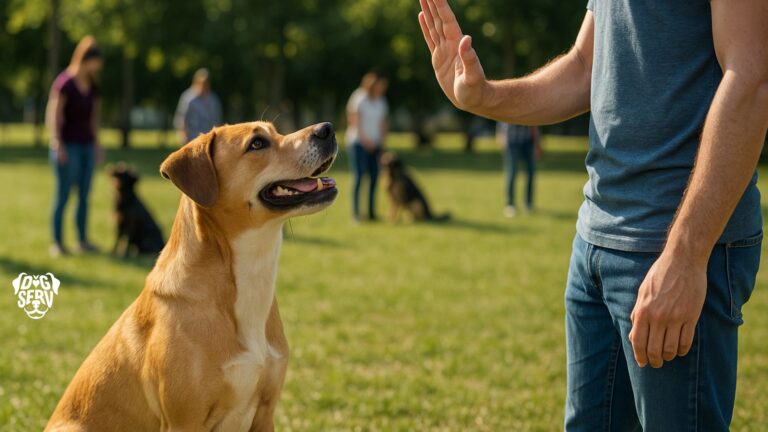
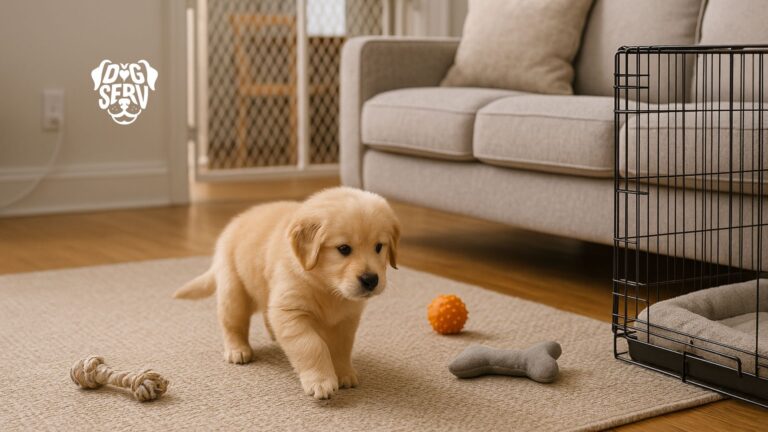
Calvin Hewitt is the primary author and driving force behind DogServ, bringing over 27 years of business expertise and 7 years of specialized digital marketing experience to the dog service industry. As the founder of Web Leveling and architect of DogServ’s evolution from a simple directory to a comprehensive one-stop shop for dog lovers, Calvin has created highly performing dog training websites in competitive markets, developed popular applications like “Can My Dog Eat?” and “Puppy Planning Checklist,” and generated thousands of monthly page views with his dog service content. Based in the Houston area but serving dog lovers and service providers nationally and internationally, Calvin works alongside a dedicated team of seven professionals, combining analytical rigor from his banking and energy industry background with a genuine passion for connecting dog owners, dog lovers, and service providers through quality content, innovative applications, and trusted recommendations.